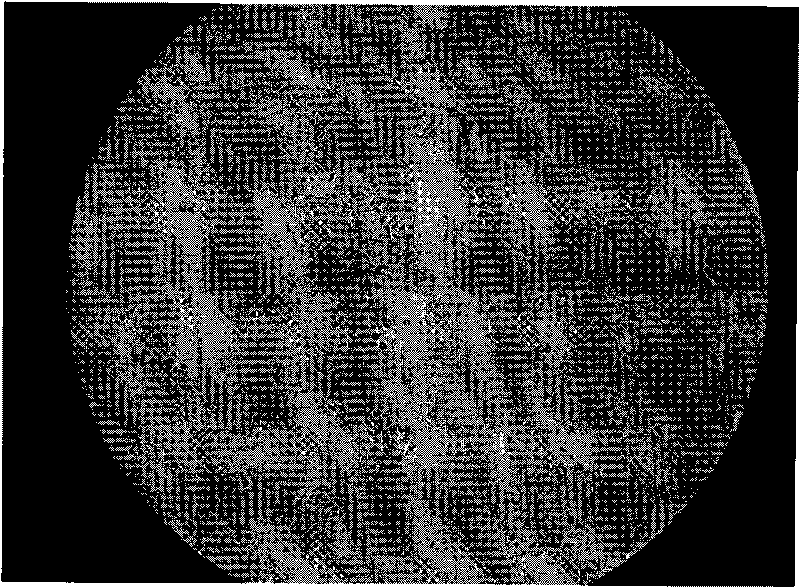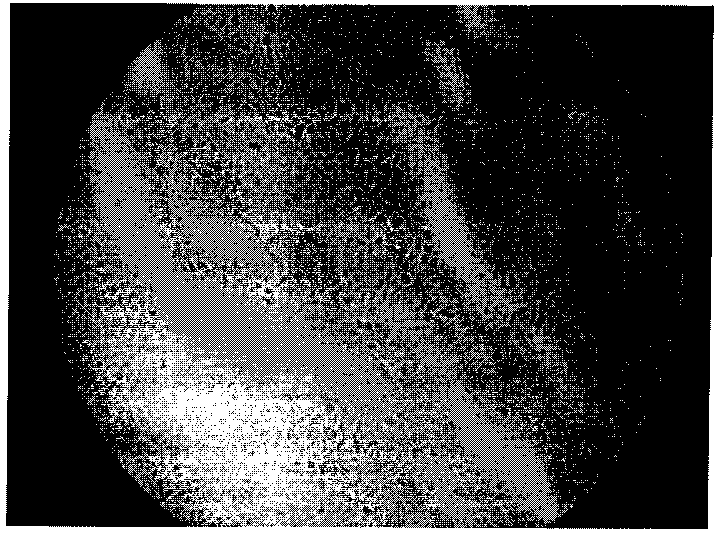Animal experiment substitution method for toxicological evaluation of exogenous compounds
A technology of animal experiments and compounds, which is applied in biochemical equipment and methods, microbial measurement/inspection, microorganisms, etc., can solve the problems of long experimental period, limited detection efficiency, and human and financial resources, so as to achieve short experimental period and increase research. Value, the effect of consuming less manpower and financial resources
- Summary
- Abstract
- Description
- Claims
- Application Information
AI Technical Summary
Problems solved by technology
Method used
Image
Examples
Embodiment 1
[0011] Example 1: Isolation and culture of primary hepatocytes
[0012] 1.1 Prepare the following materials:
[0013] 1.1.1 RPMI-1640 (GIBCO TM product, Lot 2535081) culture fluid
[0014] 1.1.2 Fetal bovine serum: Hangzhou Sijiqing Bioengineering Materials Co., Ltd.
[0015] 1.1.3 Trypsin: AMRESCO product, Lot 3002B69
[0016] 1.1.4 Experimental animals: SD rats aged 1-3 days were provided by Zhejiang Experimental Animal Center.
[0017] 1.2 The preparation method is as follows:
[0018] 1.2.1 Before the experiment, after autoclaving all equipment, put the ultra-clean bench for 30 minutes of ultraviolet irradiation.
[0019] 1.2.2 After the suckling rats were soaked in 75% alcohol for disinfection, the abdomen of the suckling rats was fixed upward on the foam board, and then disinfected with iodine cotton balls, and then deiodized with alcohol cotton balls.
[0020] 1.2.3 Take out the first set of equipment (two tweezers), use two tweezers to pull the skin; then switch ...
Embodiment 2
[0026] Example 2: Compound Toxicity Detection
[0027] 2.1 Prepare the following materials:
[0028] 2.1.1 RPMI-1640 (GIBCO TM product, Lot 2535081) culture fluid
[0029] 2.1.2 Fetal bovine serum: Hangzhou Sijiqing Bioengineering Materials Co., Ltd.
[0030] 2.1.3 Test liquid (diluted with culture medium)
[0031] 2.1.4MTT (AMRESCO product, Lot 3544B04)
[0032] 2.1.5DMSO (analytical pure)
[0033] 2.2 The preparation method is as follows:
[0034] 2.2.1 Take the isolated primary hepatocytes from neonatal rats and culture them at 37°C to adhere to the wall, discard the culture medium, and add 200 μl each of different concentrations (3-6 gradients) of the test drug solution (diluted with the culture medium), 6 replicate wells were set up for each concentration, and a solvent control was set up at the same time.
[0035] 2.2.2 After continuing to culture for 48 hours: (1) Observe the cell survival with the naked eye; (2) Aspirate 100 μl of the cell supernatant as a test ...
PUM
 Login to View More
Login to View More Abstract
Description
Claims
Application Information
 Login to View More
Login to View More - R&D
- Intellectual Property
- Life Sciences
- Materials
- Tech Scout
- Unparalleled Data Quality
- Higher Quality Content
- 60% Fewer Hallucinations
Browse by: Latest US Patents, China's latest patents, Technical Efficacy Thesaurus, Application Domain, Technology Topic, Popular Technical Reports.
© 2025 PatSnap. All rights reserved.Legal|Privacy policy|Modern Slavery Act Transparency Statement|Sitemap|About US| Contact US: help@patsnap.com



